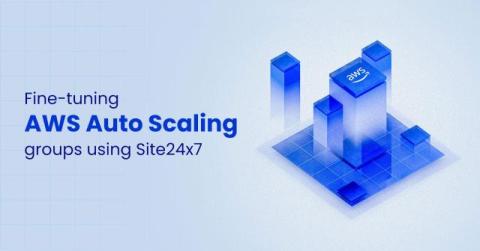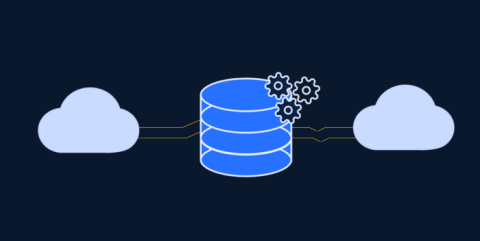The ultimate guide to on-call schedules
An Ultimate Guide to on-call schedules? You might think this sounds overly grandiose for what’s essentially putting people into a list and rotating through them. But you’d be flat-out wrong. Getting your on-call setup correct is as real and as important as it gets, and getting things wrong can lead to prolonged incidents, burnt out employees, and damaged company reputation.











